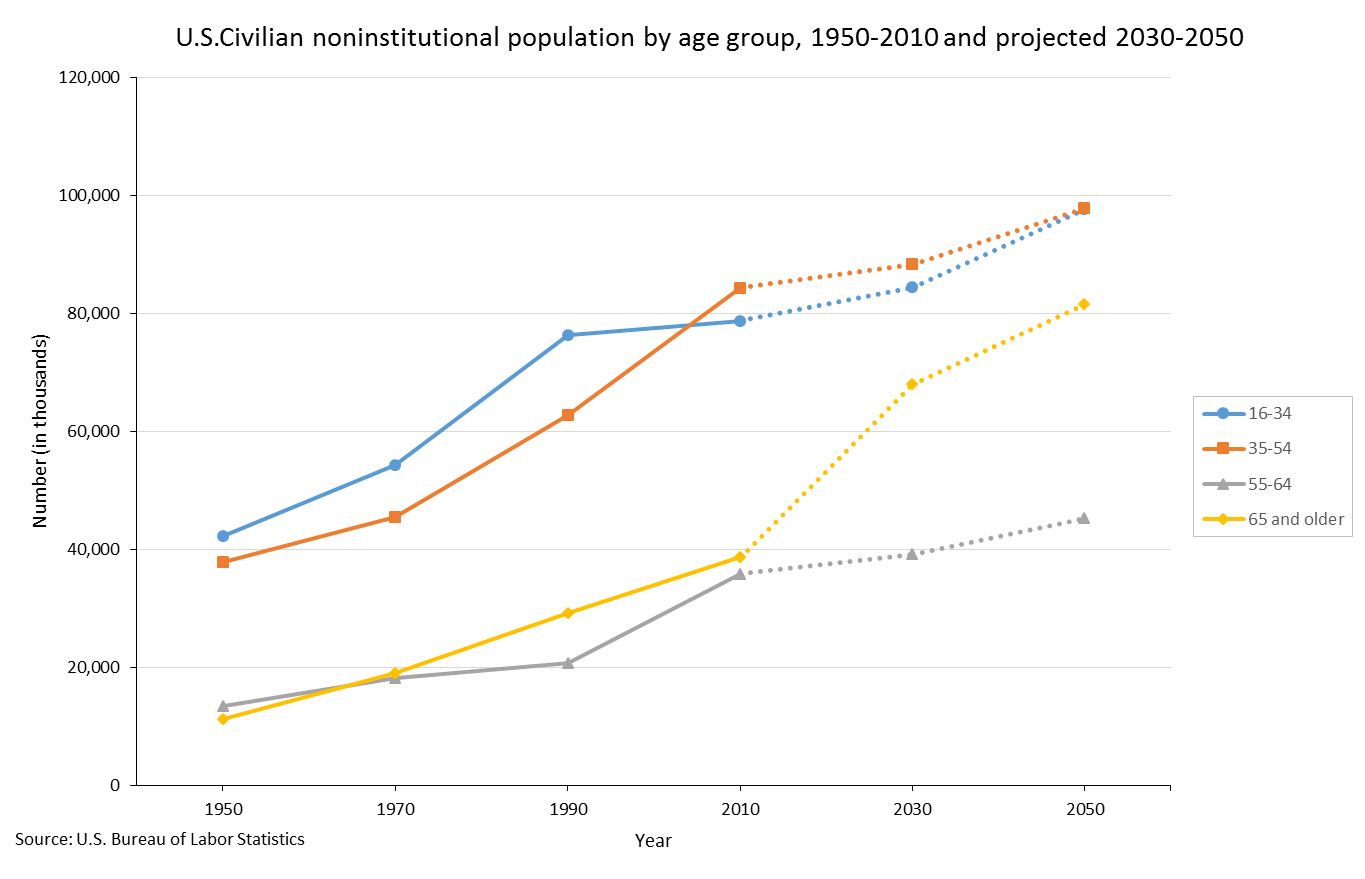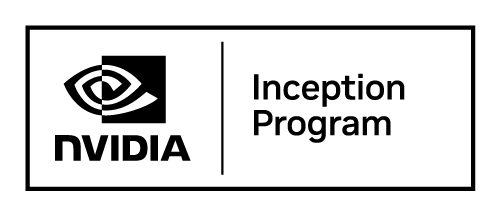Hiring has always ebbed and flowed with economic cycles. Recessions slow down recruitment, recoveries bring cautious optimism, and periods of boom send recruiters scrambling to fill headcount. But 2025 feels different. Recruiters, HR leaders, and business owners are all circling the same question: are we simply waiting for the market to bounce back, or are we in the middle of a paradigm shift that will permanently reshape how talent is found and hired?
The short answer is both. The data suggests the labor market is stabilizing after two years of turbulence, but deeper demographic and technological forces are rewriting the rules. Employers can’t expect to dust off the pre-2020 playbook and find success. Let’s look at the signals shaping the job market this year, and what they mean for hiring teams.
Economic signals point to a cautious recovery
After years of hiring freezes, mass layoffs in tech, and inconsistent job creation across industries, 2025 is beginning on steadier ground. Economists project modest growth: not explosive, but sustainable. For recruiters, this translates into something familiar yet tricky: hiring activity is increasing, but budgets remain under scrutiny.
- Industries on the rebound: Healthcare, logistics, and financial services are adding jobs at a steady pace. Employers in these sectors are reopening pipelines for both entry-level and specialized roles.
- Tech’s uneven landscape: While some startups are rehiring after cuts, others are operating lean and relying on contractors. Recruiters in tech will face a patchwork of opportunities, not a broad rebound.
- Small business outlook: Owners remain cautious, often expanding headcount only when demand clearly justifies it. In practice, this means fewer speculative hires and more deliberate searches for talent that can move the needle.
In other words: 2025 hiring is not a return to 2021’s hypergrowth, but neither is it the contraction of 2023. Recruiters should prepare for a climate of measured expansion where efficiency and quality matter more than speed.

The demographic squeeze is real
Economic cycles come and go, but one trend is more permanent: the workforce itself is shrinking. Baby boomers are retiring at accelerated rates, and younger generations aren’t entering the labor force in comparable numbers. By 2030, one in five workers in the U.S. will be over 65.
For recruiters, this creates a sustained talent shortage in key sectors:
- Healthcare and education are already grappling with unfilled positions due to aging workforces.
- Skilled trades like construction and manufacturing are losing expertise faster than they can replace it.
- Knowledge roles are seeing pressure too, with fewer graduates pursuing traditional finance and accounting degrees.
Recruiters can no longer assume large, qualified applicant pools will materialize for every posting. The real challenge will be attracting overlooked talent pools:
- Mid-career professionals looking to pivot into new industries
- Retirees willing to return part-time or project-based
- Candidates without traditional degrees but with demonstrable skills
- International talent in sectors open to remote or hybrid work
The companies that get ahead will be those that broaden their definition of a qualified candidate while investing in upskilling and long-term retention.

Technology and AI are reshaping every stage
AI has moved from novelty to infrastructure in recruiting. It’s no longer about whether AI will impact hiring—it already has. The dynamic is now about how candidates and employers each use it.
- Candidates and AI: Job seekers are leaning on ChatGPT-style tools to draft resumes, tailor cover letters, and rehearse interview answers. This makes surface-level signals—like polished application materials—less reliable indicators of ability.
- Employers and AI: On the other side, recruiters are using AI to parse resumes, generate job descriptions, and summarize interview transcripts. Tools like Truffle automate candidate screening and help recruiters focus on judgment rather than paperwork.
This creates what some call an “AI arms race” between polished but generic applications and smarter employer filters. The risk is that genuine talent gets lost in the middle.
The solution is to prioritize assessments that AI can’t easily fake:
- Situational questions that reveal how candidates think in context
- Skill-based challenges tied directly to the role
- Asynchronous interviews that capture nuance beyond written words
Recruiters are learning that AI should be a filter, not a final decision-maker. Its real value lies in saving time (automating summaries, ranking candidates, flagging mismatches) so human recruiters can invest energy in conversations that matter.
Candidate expectations have reset permanently
The pandemic changed how people work, but it also changed what they expect. Even as companies push for office returns, candidates are holding firm on flexibility, autonomy, and culture fit.
- Flexibility is non-negotiable: Hybrid or remote options remain a top priority for many roles. Employers that can’t offer them must demonstrate strong in-person advantages—mentorship, networking, or career acceleration.
- Employer promises under scrutiny: Candidates are more skeptical of branding and perks that don’t match reality. Glassdoor reviews and peer recommendations carry as much weight as official employer branding campaigns.
- Balance over prestige: The trade-offs workers are willing to make have shifted. Many candidates now prioritize mental health, work-life balance, and alignment with values over higher salaries alone.
For recruiters, this means candidate experience is not just a courtesy—it’s a competitive differentiator. A slow, opaque, or impersonal hiring process risks losing candidates even before an offer is made.
From recession thinking to resilience
Many organizations are still acting as though we’re in a temporary downturn; cutting recruitment budgets, stalling hires, and waiting for conditions to normalize. But the stronger employers are recognizing that what’s happening isn’t a pause. It’s a reset.
To thrive in 2025, recruiters must move beyond cyclical thinking and embrace structural resilience. That means:
- Investing in efficiency
Tools that automate early screening, scheduling, and note-taking aren’t luxuries anymore. They’re essential for lean teams handling high applicant volumes. - Diversifying talent pipelines
Depending solely on traditional degree programs or standard job boards is no longer viable. Partnerships with bootcamps, vocational schools, and community networks will open overlooked talent pools. - Designing candidate-first experiences
From mobile-friendly applications to asynchronous interviews, frictionless processes will win talent. Speed matters too: the best candidates are often off the market in 10 days or less. - Balancing AI with human insight
Automation can help filter, rank, and summarize. But human recruiters must make the nuanced calls: assessing cultural fit, probing values, and sensing genuine enthusiasm.
What recruiters should be doing now
So how do we translate these macro shifts into daily recruiting practice? Three immediate actions stand out:
- Audit your hiring process for friction: How long does it take candidates to move from application to first touch? Where are drop-offs happening? Streamlining isn’t just efficiency—it’s brand equity.
- Rethink your screening criteria: Are degree requirements excluding capable talent? Are job descriptions still reflecting “nice-to-have” skills instead of core competencies? Trimming requirements often expands qualified pools.
- Leverage AI responsibly: AI tools like Truffle can generate candidate summaries in minutes, but they’re only as strong as the inputs. Use them to free up time, not as shortcuts to judgment.
Beyond recovery: the paradigm shift ahead
The idea of a “paradigm shift” isn’t hyperbole. Several trends suggest the very foundations of recruiting are evolving:
- Resumes are declining in relevance: With AI-generated applications, employers are already experimenting with replacing resumes with skills profiles, video introductions, and situational challenges.
- The recruiter role is being redefined: Instead of administrative screening, talent orgs are becoming relationship managers, brand ambassadors, and strategists.
- Hiring cycles are compressing: The expectation for faster decisions means recruiters must balance rigor with speed.
This doesn’t mean recruiters are becoming obsolete. In fact, their role is becoming more valuable. When everyone has access to AI-powered tools, the differentiator is still human judgment—knowing which situational question to ask, which answer signals growth potential, and which candidate will thrive in a particular culture.
Looking ahead
Recruiting in 2025 isn’t just about weathering an economic cycle. It’s about adapting to a new climate—one shaped by demographics, technology, and shifting candidate expectations. The winners will be those who treat efficiency, inclusivity, and adaptability not as temporary fixes, but as permanent design principles.
At Truffle, we believe the future of recruiting belongs to teams that blend automation with empathy. AI can save hours of screening, but it’s recruiters who uncover the signals that truly matter. The companies that thrive will be those that stop waiting for a return to “normal” and start building processes fit for the reality of 2025 and beyond.


